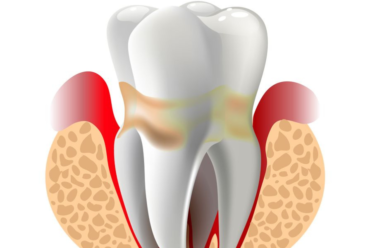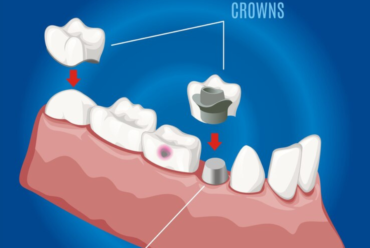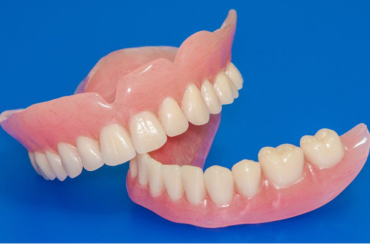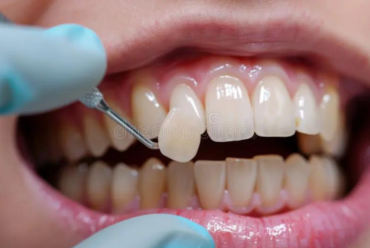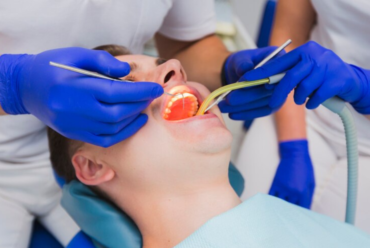Dental Bridges Explained: A Reliable Solution for Missing Teeth
Missing teeth can affect more than just your smile—they can compromise your oral health, alter your facial structure, and even diminish your self-esteem. Fortunately, dental bridges offer a reliable and effective solution to restore functionality, aesthetics, and confidence. Whether you’ve lost a single tooth or several, dental bridges can help you regain a full, healthy smile.
What Are Dental Bridges?
Dental bridges are prosthetic devices used to replace one or more missing teeth. As the name suggests, a dental bridge spans the gap left by missing teeth, using the adjacent natural teeth or dental implants for support.
A bridge typically consists of:
- Pontics: The artificial teeth that fill the gap. These can be made from materials such as porcelain, ceramic, or metal, and are designed to blend seamlessly with your natural teeth.
- Abutments: The natural teeth or implants on either side of the gap that anchor the bridge in place.
By restoring both the appearance and functionality of your teeth, dental bridges provide a durable and practical solution for tooth loss.
Types of Dental Bridges
There are several types of dental bridges, each suited to different needs and circumstances:
- Traditional Dental Bridges
- Structure: These are the most common type of dental bridge, featuring one or more pontics held in place by crowns on the adjacent natural teeth.
- Best For: Patients with healthy teeth on both sides of the gap.
- Advantages: Strong and durable, capable of replacing multiple teeth.
- Cantilever Bridges
- Structure: Similar to traditional bridges but supported by a single abutment tooth.
- Best For: Cases where only one natural tooth is available next to the gap.
- Limitations: Less stable than traditional bridges and not recommended for back teeth due to the higher bite force.
- Maryland Bridges
- Structure: Pontics are attached to a metal or porcelain framework bonded to the back of the adjacent teeth.
- Best For: Replacing front teeth without the need for crowns.
- Advantages: Minimally invasive and preserves natural tooth structure.
- Implant-Supported Bridges
- Structure: Supported by dental implants instead of natural teeth.
- Best For: Patients with multiple missing teeth and sufficient jawbone density.
- Advantages: Highly stable and durable, mimicking the function of natural teeth.
Why Choose Dental Bridges?
Dental bridges offer several advantages that make them an appealing solution for tooth replacement.
- Restore Your Smile
Missing teeth can leave noticeable gaps that affect your appearance. Dental bridges fill these spaces, giving you a complete and natural-looking smile.
- Improve Chewing and Speaking
Tooth loss can make it difficult to chew food properly or pronounce certain words. Dental bridges restore the functionality of your teeth, allowing you to eat and speak with ease.
- Maintain Facial Structure
Teeth play a crucial role in supporting your facial structure. When teeth are missing, the jawbone can shrink, and facial muscles may sag over time. Dental bridges help preserve the shape of your face by preventing bone loss and maintaining support.
- Prevent Teeth Shifting
When a tooth is lost, the surrounding teeth can shift into the empty space, leading to misalignment and bite issues. Dental bridges keep your remaining teeth in their proper positions, preserving the alignment of your bite.
- Long-Lasting Solution
With proper care, dental bridges can last for many years, offering a durable and cost-effective option for replacing missing teeth.
The Process of Getting a Dental Bridge
Getting a dental bridge typically involves multiple steps, which may take a few weeks to complete:
- Initial Consultation
During your first visit, your dentist will examine your teeth, gums, and jaw to determine the best type of bridge for your needs. X-rays or impressions may be taken to assess the condition of your teeth and surrounding structures.
- Preparing the Abutment Teeth
For traditional bridges, the adjacent teeth (abutments) will be reshaped to accommodate dental crowns. This involves removing a small amount of enamel from the teeth.
- Taking Impressions
Impressions of your teeth are taken to create a custom bridge that fits perfectly. The impressions are sent to a dental lab where the bridge is fabricated. In the meantime, you may receive a temporary bridge to protect the prepared teeth.
- Fitting the Bridge
Once your permanent bridge is ready, your dentist will place it and make any necessary adjustments to ensure a comfortable fit. The bridge is then cemented or bonded into place.
- Follow-Up Care
Your dentist will schedule follow-up visits to check the bridge’s fit and functionality, as well as to provide care instructions.
Caring for Your Dental Bridge
Proper care is essential to ensure the longevity of your dental bridge. Here are some tips:
- Maintain Good Oral Hygiene: Brush twice a day and floss daily to prevent plaque buildup around the bridge. Use a floss threader or interdental brushes to clean under the pontics.
- Avoid Hard or Sticky Foods: Chewing on hard objects or sticky candies can damage the bridge.
- Regular Dental Checkups: Visit your dentist regularly to monitor the health of your bridge and surrounding teeth.
- Use Mouthwash: Antibacterial mouthwash can help keep your gums and teeth healthy.
Are Dental Bridges Right for You?
Dental bridges are an excellent option for many people, but they may not be suitable for everyone. Ideal candidates for dental bridges include:
- Individuals with one or more missing teeth.
- Those with healthy teeth or implants to support the bridge.
- Patients who are committed to maintaining good oral hygiene.
If you have severe gum disease or insufficient jawbone density, your dentist may recommend alternative treatments, such as dental implants or dentures.
Dental bridges are a time-tested, reliable solution for replacing missing teeth. They not only restore the appearance of your smile but also improve oral functionality and prevent further dental complications. Whether you’re dealing with a single missing tooth or several, dental bridges can help you regain confidence and enjoy a better quality of life.


